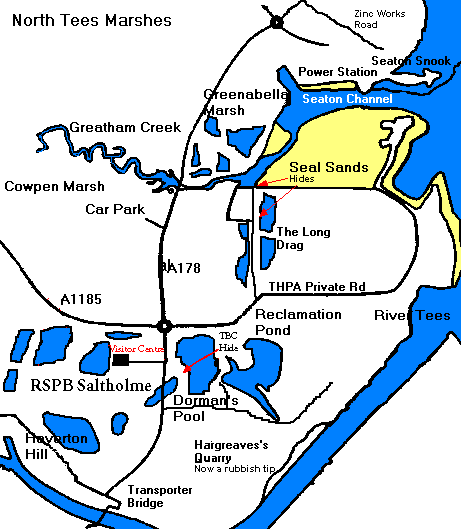Here's a gem for TME's Science and Technology Department.
The Roman's didn't invent concrete.
Or, how to make your own sarsen stones at home.Geopolymer concrete is currently grabbing a fair bit of attention for various reasons. If I understand correctly, it can produce architectural-grade cement and concrete, or moulded items, with far lower heat & energy requirements than traditional Portland cement. i.e. it's cheaper. It's also more environmentally-friendly we're told. Entire buildings are being made of it.
Some excellent notes from people who are experimenting at home with the various geopolymer mixes that can be used.
http://chiefio.wordpress.com/2014/02/12 ... d-and-diy/For those of us (like Jon) who will be keen to understand the actual chemistry involved, the
Geopolymer Org has the proper chemistry explanations:
http://www.geopolymer.org/archaeology/p ... n-of-stoneAlong with an excellent explanation of the Egyptian's recipe for concrete. From that, why the pyramids makes a lot more sense as the skillful use of concrete for precision civil engineering, rather than brute force and dragging lumps of stone around.
If the Egyptians knew it (and the Etruscans, and the Phoenicians), perhaps megalithic people knew it as well?
We've always been encouraged to think of those strangely-placed sarsen stones as "glacial erratics" dragged for many miles over hill and dale. But why not consider them as engineered concrete blocks, made on-site, or near sources of limestone (chalk) and lime kilns? As are found in places across south-central England.
Just as large parts of Devon and Cornwall were deforested to fuel metal smelting, perhaps large parts of Dorset and Wiltshire were deforested for lime kilns, to make the cement, to make the sarsens?
I'd be grateful for any pointers towards sources of sodium carbonate in TME-times. To mix with lime to make caustic soda, as the next step in producing polymer cement.





